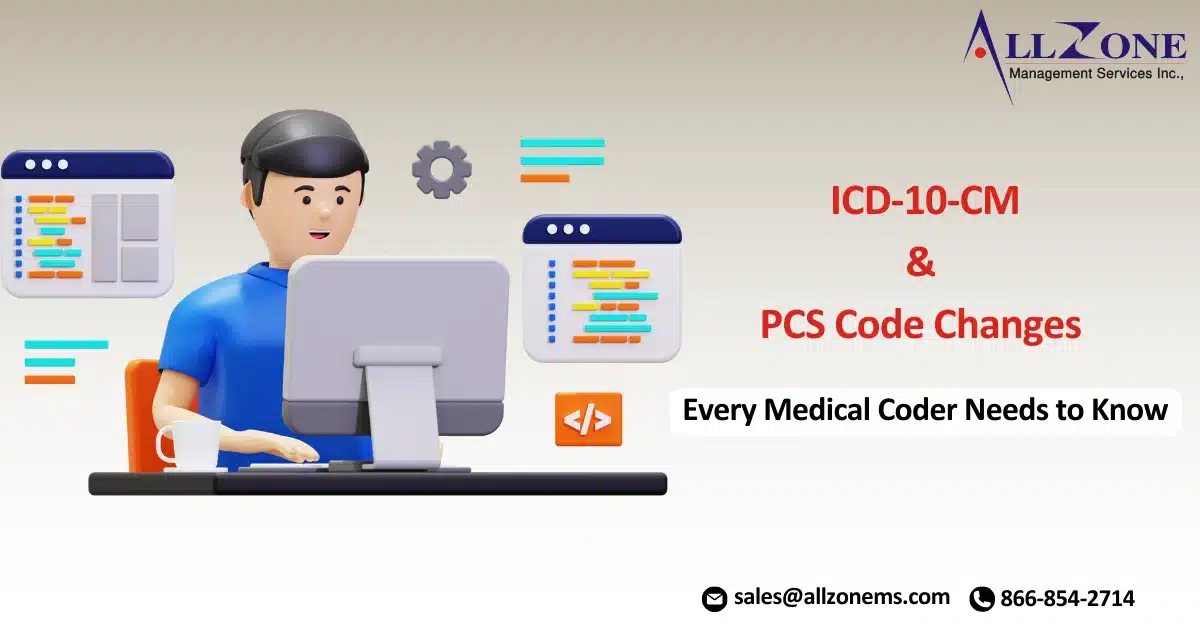The recent ICD-10-CM and PCS code updates, let’s delve into a mixed bag of relevant topics. One significant change allows us to assign severity levels for certain eating disorder diagnoses. For anorexia nervosa (both restricting and binge eating/purging types), bulimia nervosa, and binge eating disorder, we can now specify the following severity levels:
- Mild
- Moderate
- Severe
- Extreme
- In remission
There’s also an ‘unspecified’ option in the ICD-10-CM and PCS code system. If you routinely assign these diagnoses, are you observing this level of severity being documented? If not, this presents a valuable opportunity to educate providers about these new codes and the increased specificity they offer when properly documented.
Addressing SDoH with Z59.71 and Z59.72
We all understand the crucial role of addressing social determinants of health (SDoH) conditions. These non-medical factors can significantly impact a patient’s health, well-being, and adherence to treatment plans.
Two new Z codes are worth noting:
- Z59.71 Insufficient health insurance coverage: This includes inadequate or insufficient social insurance, as well as no health insurance coverage.
- Z59.72 Insufficient welfare support: These codes can be valuable indicators of the specific needs within your patient population, helping you track and address those needs effectively
Understanding Z51.A and Its Usage
The diagnosis code for this patient is Z51.A, Encounter for Sepsis Aftercare. This code is part of the broader category Z51, Encounter for Other Aftercare and Medical Care. Importantly, the coding guidelines require that the underlying condition necessitating aftercare also be coded. This could be a residual infection, weakness, debility, or any other related condition.
While there’s some ambiguity surrounding the Z51 code, it can still be valuable for providers offering follow-up care, especially in post-acute settings like home health agencies.
A New Code for Personal History of Sepsis and Changes to I08
Additionally, I concur with the suggestion for a new code to represent a personal history of sepsis. This would be a helpful addition in the future.
Regarding I08, Multiple Valve Disease, the coding guidelines have been updated. The previous Excludes 1 note has been replaced with an Excludes 2 note. This means that multiple valve disease specified as nonrheumatic is now excluded from I08, and should be coded using one of the following codes: I34-, I35-, I36-, I37-, I38-, Q22-, Q23-, or Q24.8-.
Key Updates to ICD-10-CM and PCS code for Medical Coders:
Medical coders are aware that, according to the Official Guidelines for ICD-10-CM and PCS coding, an Excludes 1 note indicates that the excluded condition should not be coded under the current code. Conversely, an Excludes 2 note suggests that the excluded condition is not part of the condition represented by the code. It essentially means ‘not included here.’
With the recent change to an Excludes 2 note for I08, Multiple Valve Disease, it’s now possible to code valve diseases together if they are present.
Additionally, there’s a new code note for J69, Pneumonitis Due to Solids and Liquids, which covers aspiration pneumonias. The note instructs coders to also code other types of pneumonias when applicable. While many coders are likely already doing this, the new note provides additional guidance.
While we haven’t been able to discuss every change in this year’s ICD-10-CM and PCS code update, we’ve covered some key areas. Other notable changes include updates related to lymphomas, KCNQ 2-related epilepsy, anal, anorectal, and rectal fistulas, as well as hypoglycemia. If you frequently encounter these diagnoses, I recommend reviewing the specific updates in detail.
The ICD-10-CM (International Classification of Diseases, 10th Revision, Clinical Modification) is a medical coding system used in the United States to classify diseases and injuries. It is used by healthcare providers, insurers, and government agencies to track disease trends, conduct research, and measure the quality of care.
ICD-10-CM and PCS code Changes: Staying Informed with Allzone Management Services
ICD-10-CM changes annually to reflect new medical procedures, technologies, and diseases. These changes are crucial for medical coders to understand to ensure accurate and consistent coding.
Here are some of the key changes that medical coders need to be aware of for the current year:
- New codes: There are always new codes added to the ICD-10-CM to reflect new medical procedures, technologies, and diseases.
- Revised codes: Existing codes may be revised to reflect changes in medical terminology or classification.
- Deleted codes: Some codes may be deleted from the ICD-10-CM if they are no longer in use.
Staying Up-to-Date with Allzone Management Services
To stay informed about the latest ICD-10-CM changes and ensure accurate coding, consider the following strategies:
- Attend training sessions: Many healthcare organizations offer training sessions on the latest ICD-10-CM changes.
- Utilize online resources: There are numerous online resources available that provide information on the latest ICD-10-CM updates.
- Consult with coding experts: For in-depth guidance and support, consider consulting with coding experts at Allzone Management Services. Their expertise can help you navigate the complexities of ICD-10-CM changes and maintain accurate coding practices.
By staying informed about the latest ICD-10-CM changes and leveraging the expertise of Allzone Management Services, medical coders can play a vital role in ensuring accurate and consistent billing and reimbursement.

